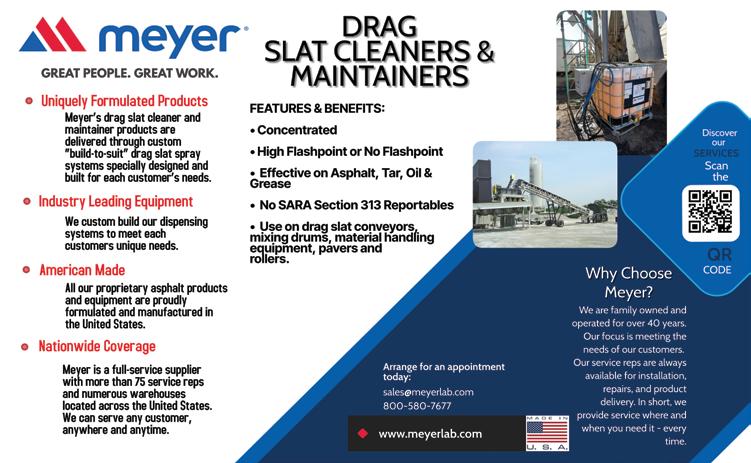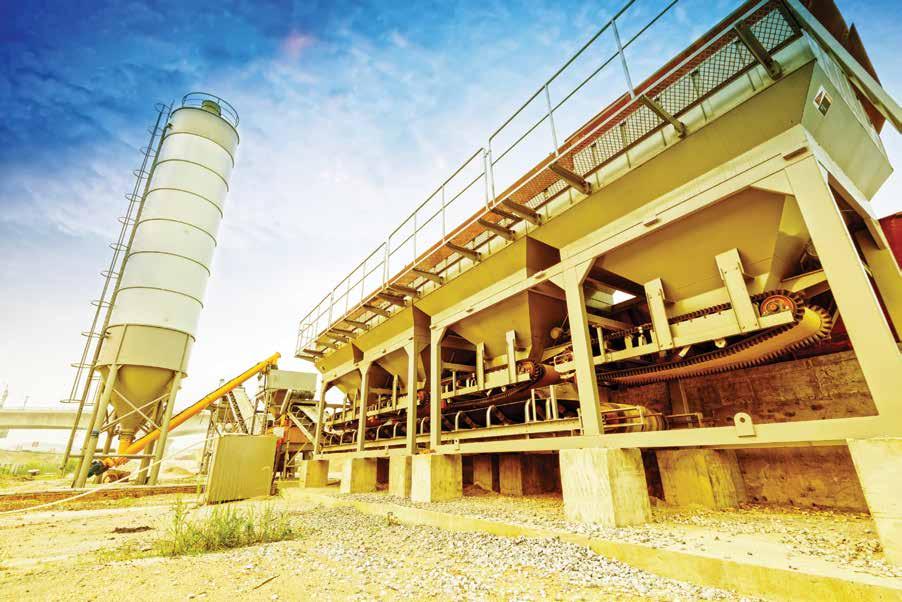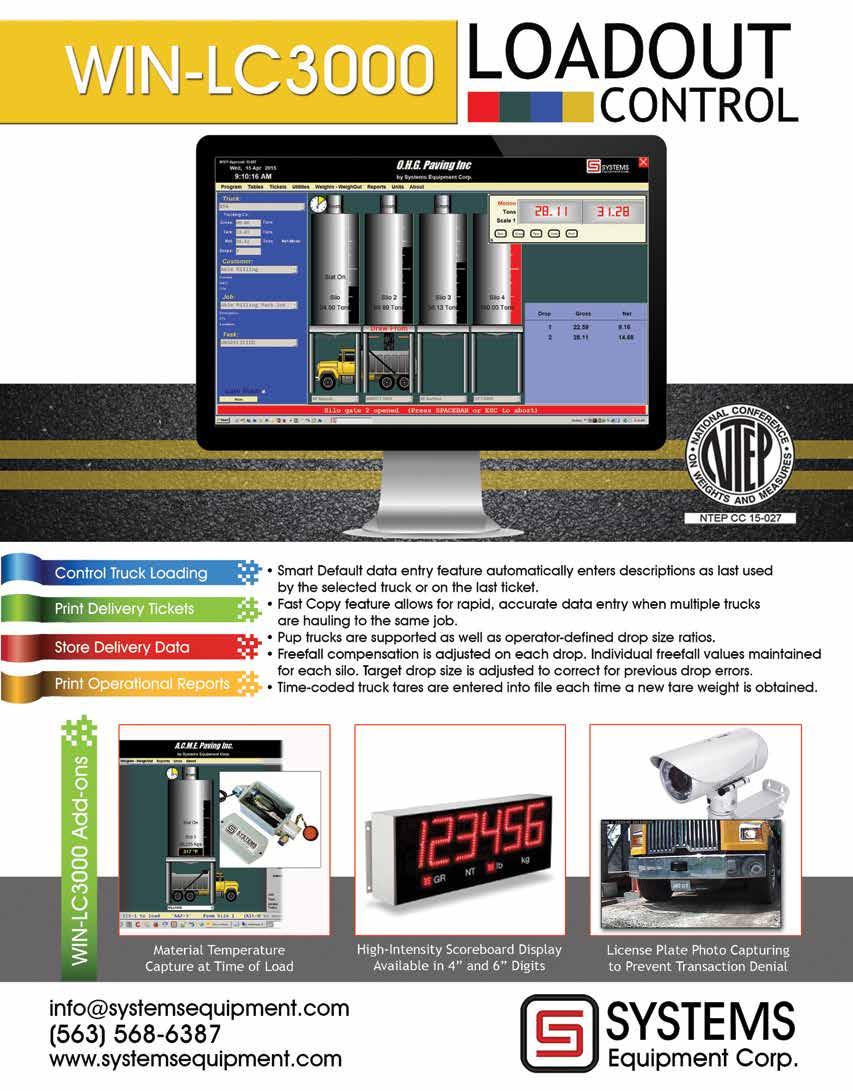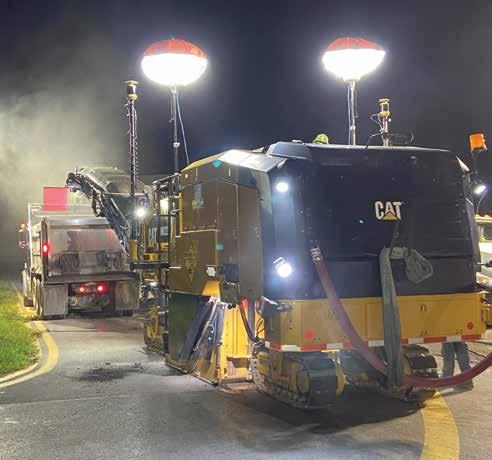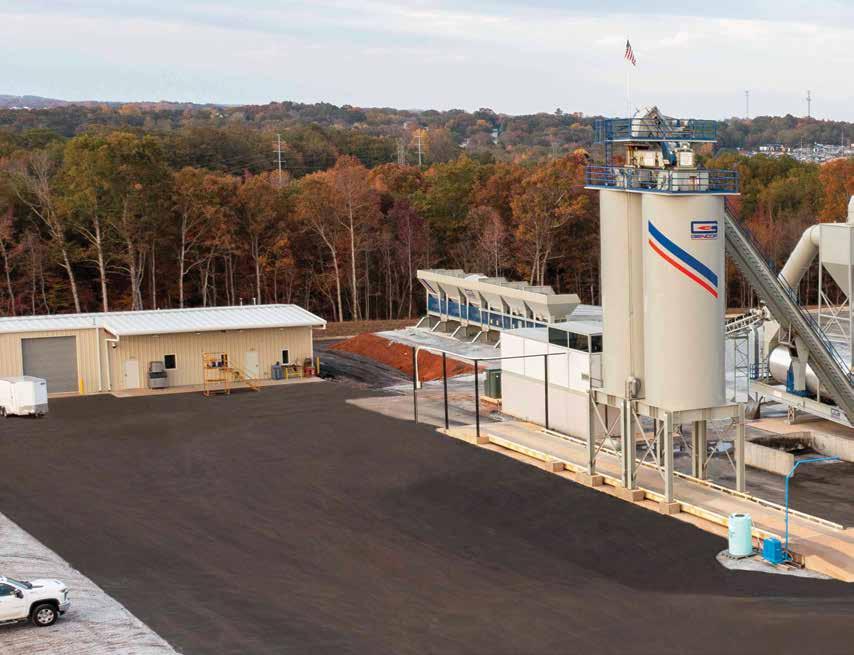
1 minute read
How to Get the Best Crack Seal
BY ASPHALTPRO STAFF
During the National Pavement Expo (NPE) in Charlotte this past January, the presentation titled “Comparing and Contrasting: Hot Pour Crack Sealing with Hot Pour Mastics” offered Friday morning attendees a look at different options for their businesses. Maxwell Products Inc.’s Rick Stone shared decades of knowledge with the audience.
Today’s crack-sealing contractor doesn’t have the same headaches we had back in the day. In the mid-1970s, a contractor might have been using roofing asphalt to fill cracks merely to create a flexible waterproof seal. In the early days, the early hot pour sealants were usually asphalt and crumb rubber mixes that took three to four hours to heat up in a 200-gallon tank and tended to clog the applicator hoses. We had cheap boxes that weren’t always easy to open.
We’ve come a long way, but our goal is the same. For crack sealing, we want to create a watertight seal. For crack filling, we’re simply replacing the void; waterproofing isn’t necessarily taking place.
To protect the pavement and help it last longer, the goal is to keep water out. Thus, our developing sealant industry came up with performance requirements, classifications for sealant types, and performance specs. ASTM, AASHTO, and states came up with standards and specs for manufacturers to adhere to.
Your classifications for hot pour sealants fall into these categories:
• Mineral filled
• Asphalt rubber
• Asphalt & fibers
• Polymer modified
• Polymer hybrid
• Jet fuel resistant
This means you can expect your hot pour sealant to extend the pavement life two to eight years. It’s giving you a quick application, so it’s often used to enhance other surface treatments. It’s usually used to prevent further deterioration of the existing pavement.
What the hot pour sealant won’t do for you is improve ride quality, restore structural integrity or fix structural deficiencies of the pavement.

If your customer has asked you to seal cracks on his parking lot—whether that’s prior to a sealcoat or stand-alone repair work—there are some ideal surfaces and some not-so-ideal surfaces for crack sealing. Remember that compatibility of processes is important in the pavement preservation industry.
Pavement candidates for crack sealing are those with well-defined single cracks or new cracks that have appeared within the



